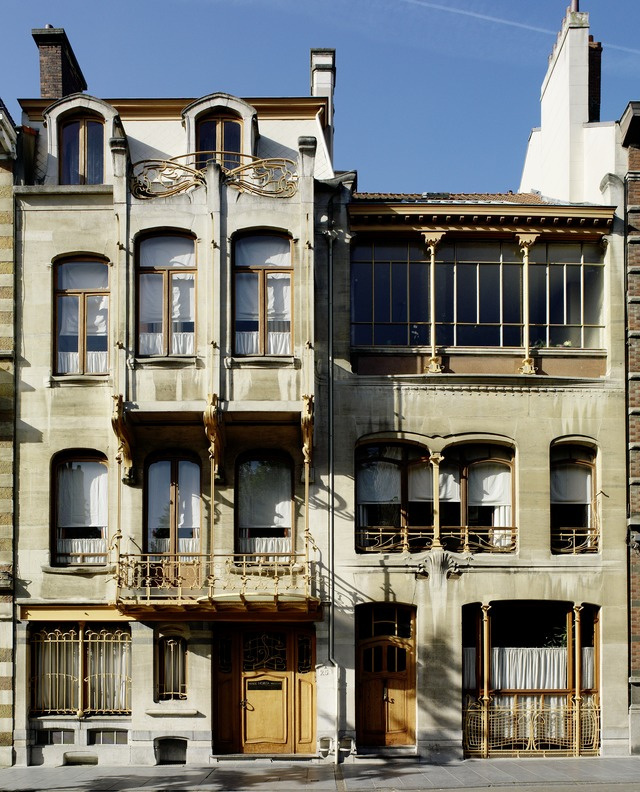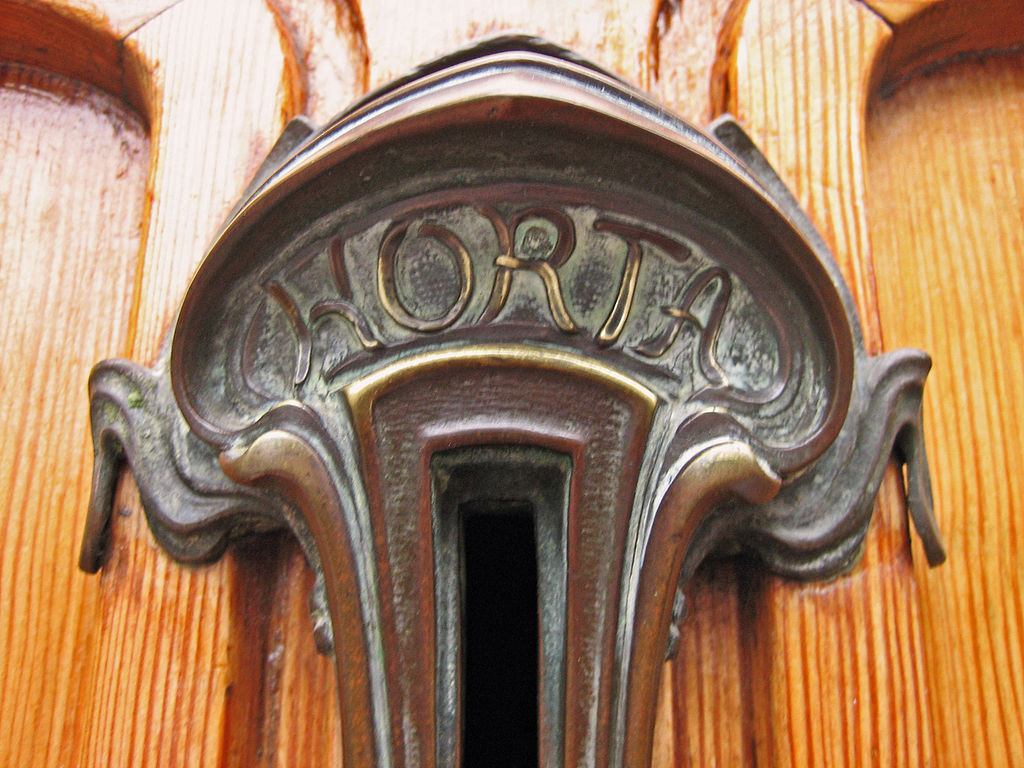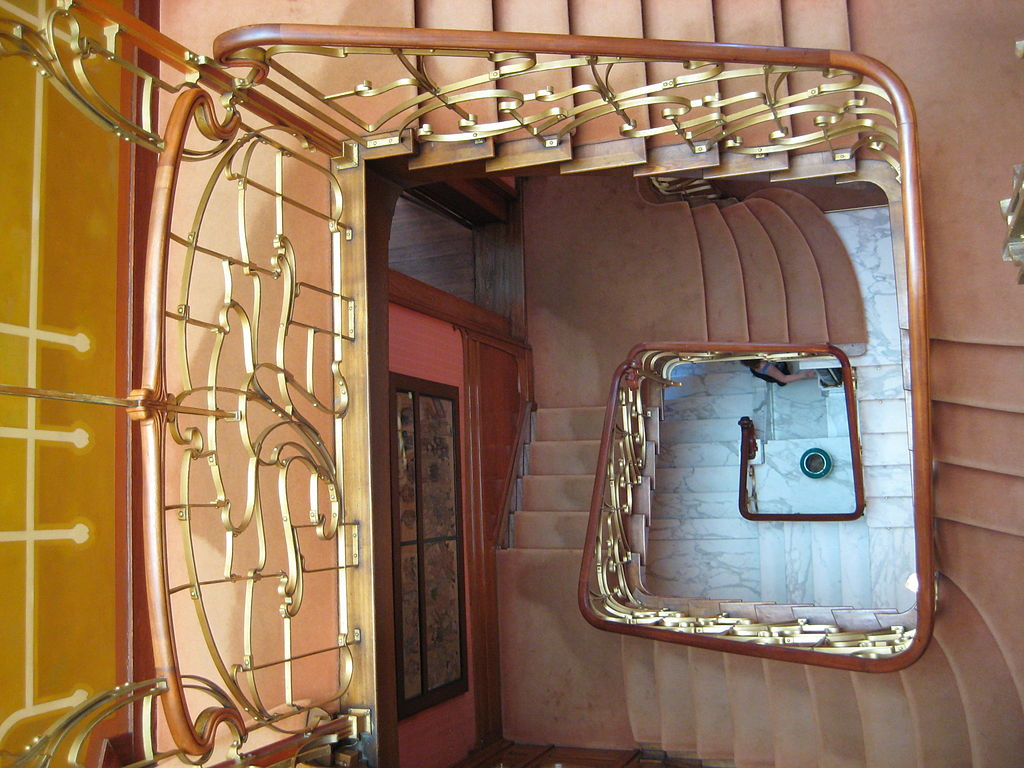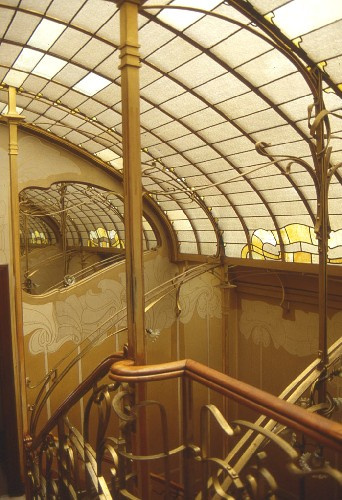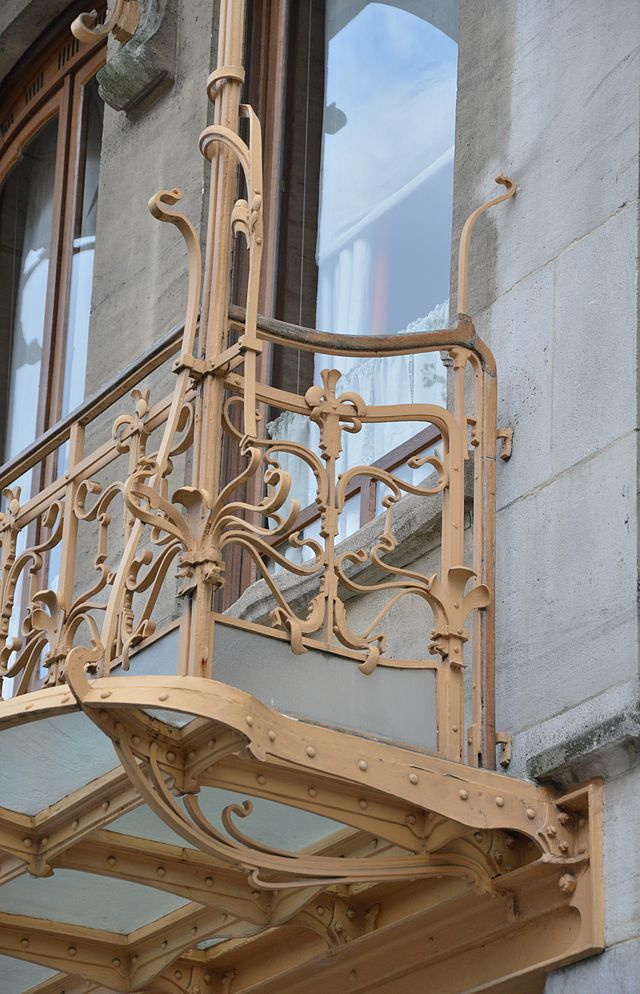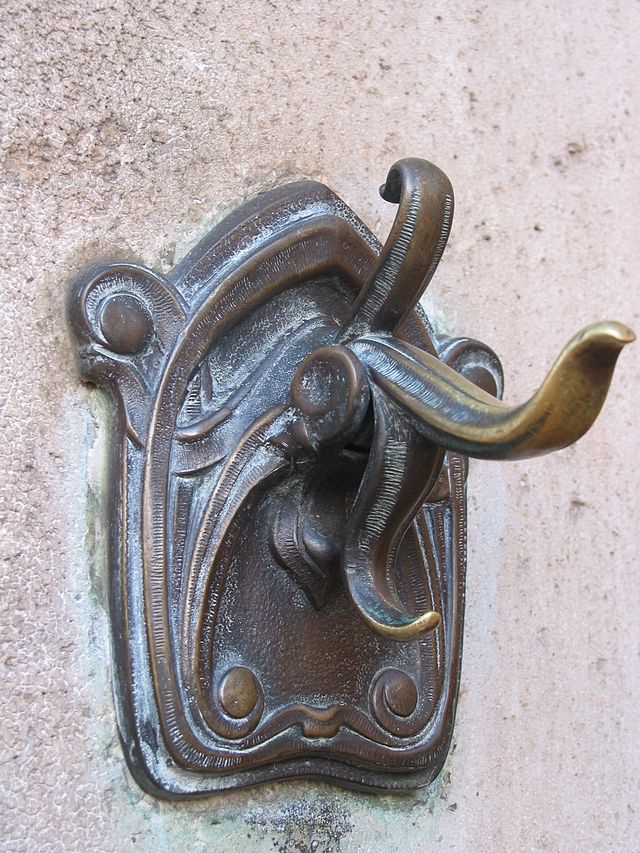log in
Enter site
Login to use Arthive functionality to the maximum
Horta Museum (Architect's House and Workshop)
Victor Horta • Architecture, 1901
Description of the artwork «Horta Museum (Architect's House and Workshop)»
House and workshop of Victor Orth (now located in this building Museum of Horta) became one of the first buildings in which the architect, for obvious reasons, had a full carte blanche. However, despite this, Orth's house turned out to be much more modest than the luxurious mansions that he had built before. At the same time, the Orta house has its own original features and demonstrates the same level of skill and attention to detail. Unlike previous works of the architect, this building was distinguished by one significant feature, which will later be present in larger buildings. Horta sought to get the maximum amount of natural light into his house, using large windows, skylights and mirrors.
Technically, the Horta Museum is two buildings connected together. In one of them there were living quarters, and in the second - the studio of the architect in which he worked. After the First World War, Horta sold the house and workshop, and in 1963 the building was bought by the Brussels-based district of Saint-Gilles and turned into a museum. Horta’s house itself can be called a living monument of Art Nouveau, as for the inside, there is a permanent exhibition, including furniture, utensils and artworks created by Victor Horta and his contemporaries. In addition, the museum periodically hosts temporary thematic exhibitions related to the life and work of the architect. Another feature of the museum is that the building retains the interior decoration of the premises, in which Horta used non-standard materials and their combinations. For example, the design of the central staircase combines wood, iron and marble. And in the dining room, the walls and ceiling are completely covered with white ceramic "metro" tiles, which was completely atypical for the end of the 19th century.
In 2000, the Horta Museum, along with three other buildings designed by the architect, was included in the UNESCO World Heritage List. On the organization’s website, Victor Orth’s houses are described as “Works of a creative genius, representing the highest manifestation of the influential Art Nouveau style in art and architecture. Victor Orth’s city houses brilliantly illustrate the transition from the 19th to the 20th century in art, society and thinking. ”
Author: Evgenia Sidelnikova
Technically, the Horta Museum is two buildings connected together. In one of them there were living quarters, and in the second - the studio of the architect in which he worked. After the First World War, Horta sold the house and workshop, and in 1963 the building was bought by the Brussels-based district of Saint-Gilles and turned into a museum. Horta’s house itself can be called a living monument of Art Nouveau, as for the inside, there is a permanent exhibition, including furniture, utensils and artworks created by Victor Horta and his contemporaries. In addition, the museum periodically hosts temporary thematic exhibitions related to the life and work of the architect. Another feature of the museum is that the building retains the interior decoration of the premises, in which Horta used non-standard materials and their combinations. For example, the design of the central staircase combines wood, iron and marble. And in the dining room, the walls and ceiling are completely covered with white ceramic "metro" tiles, which was completely atypical for the end of the 19th century.
In 2000, the Horta Museum, along with three other buildings designed by the architect, was included in the UNESCO World Heritage List. On the organization’s website, Victor Orth’s houses are described as “Works of a creative genius, representing the highest manifestation of the influential Art Nouveau style in art and architecture. Victor Orth’s city houses brilliantly illustrate the transition from the 19th to the 20th century in art, society and thinking. ”
Author: Evgenia Sidelnikova

